Stories for 2017: 10 Themes for a Happy New Year!
Posted by Sherein Bansal on January 06, 2017‘If you’re skilled at something, don’t give it away for free’ is a piece of advice that we heard so many times growing up, that just the fact that a thing called CC BY License even exists seems absurd and foolish by today’s standards. But that’s what Pratham Books' 1.5 year old digital platform StoryWeaver, all its illustrators, authors as well as translators believe in – free dissemination of our books in order to achieve our ultimate goal: ‘A book in every child’s hand’. In 2016, with 5326 stories uploaded on StoryWeaver, 25 languages added, and 1,19,132 new visitors (A warm hello to you all!), we feel truly grateful. It is indeed a Happy New Year for the StoryWeaver family. So we would like to express our heartfelt New Year wishes to you all in the best way we know. By highlighting here just 10 of our books that speak of themes that currently are, and will remain, points of discussion and action in 2017.
Environment
Chipko Takes Root written and illustrated by Jeyanthi Manokaran
We seriously need to drop the act that we are gracious hosts to nature, and are ‘allowing’ it to be. It’s the other way round. With some people claiming proudly that global warming is not real, and regressive environmental policies being made all over the world, it’s important to keep talking about conserving nature. Here’s a story about one of the bravest fights in India that made Chipko Movement a force to reckon with.
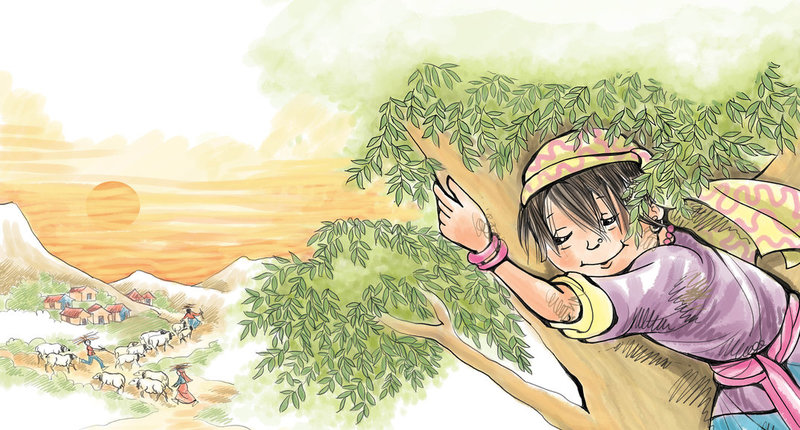
Technology
Bonda and Devi by Roopa Pai and Jit Chowdhury
Any one of us who successfully evaded technology as much as they could before, now must make their peace with it in this digital economy. We don’t know where technology will take us in 2017, but we know where it might reach in 2080! Read about this futuristic tale about two very unlikely friends. Maybe we can be friends with technology too, just like Devi in this story? Available in 9 more languages!
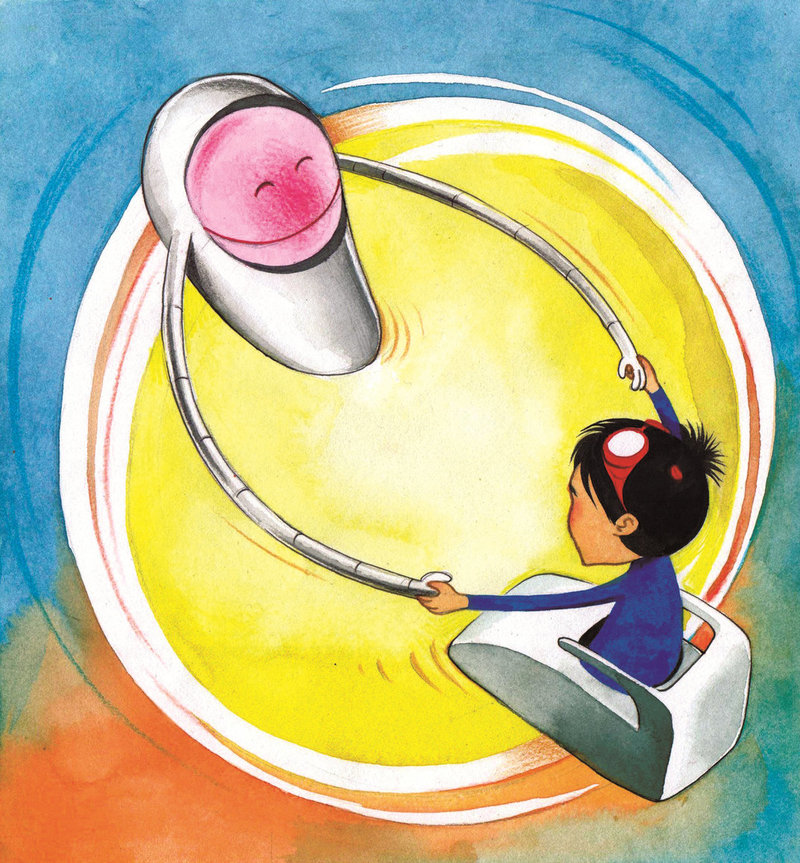
Education
Counting on Moru by Rukmini Banerji and Nina Sabnani
It’s a failure of our education system for not recognizing students as individuals and keeping them at a ‘uniform’ pace of comprehension with each other. This moving story in Hindi, Kannada, Odia and Marathi, talks about how how easy it is to lose your spark when you're a student under the wrong teacher and regain it with the right one.
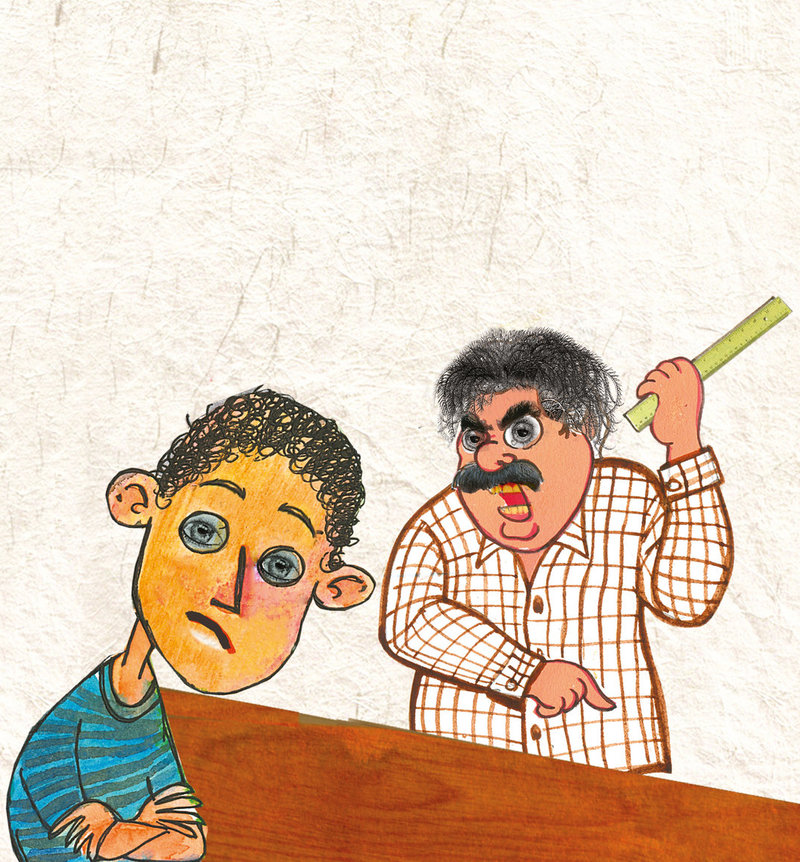
Community Activism
Wildlife in a City Pond by Ashish Kothari and Sangeetha Kadur
When the good ones are silent, the misguided will shout and reign. Be the first voice to speak up against loss of beauty and justice. Here’s a story that flows like a poem and builds up your love for something that this neighborhood derives so much peace and wisdom from that you will want to protect it yourself.
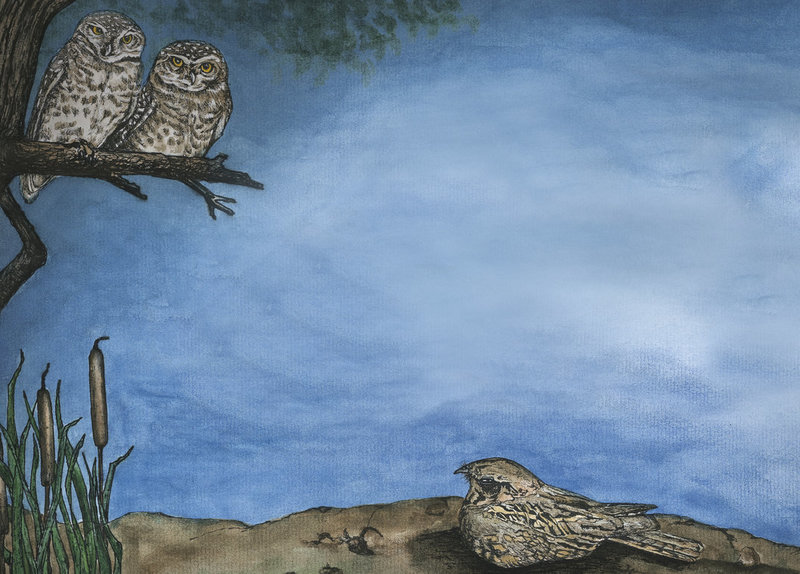
Sports
Dhyan Singh ‘Chand’: Hockey’s Magician by Dilip D'Souza and Mohit Suneja
Let’s, for once, not talk about Hockey with a sense of guilt at not having given it too much traction in life. Let’s just read this story about Dhyan Chand- one of the best things to have happened to Hockey and one of the worst that happened to Hitler. Win, win all the way and yet he stayed humbly devoted to the sport all his life. A man worth knowing about, he will teach you the true meaning of sportsmanship spirit.
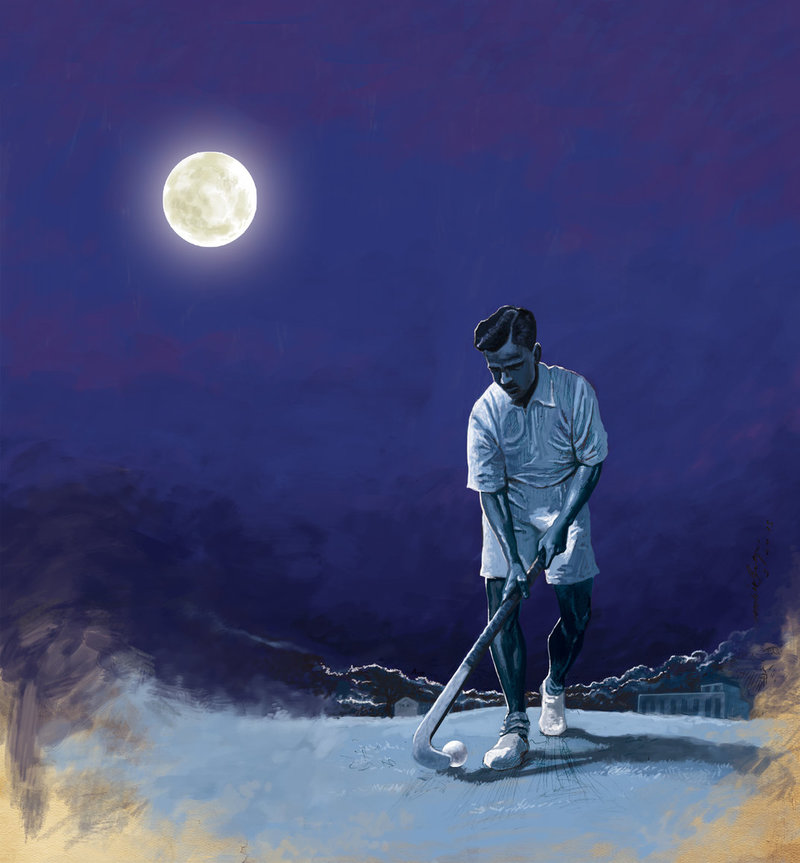
Humour
Yes, humour is indeed an important point of discussion. And more importantly, action. 2016 clearly needed a hug, and some jokes. So we are better prepared this time for 2017 with our fun story – ‘Phani's Funny Chappals’ by Sridala Swami and Sanjay Sarkar, and our Spotathon entry ‘Messy Miss Mita’ by Jisha Unnikrishnan.
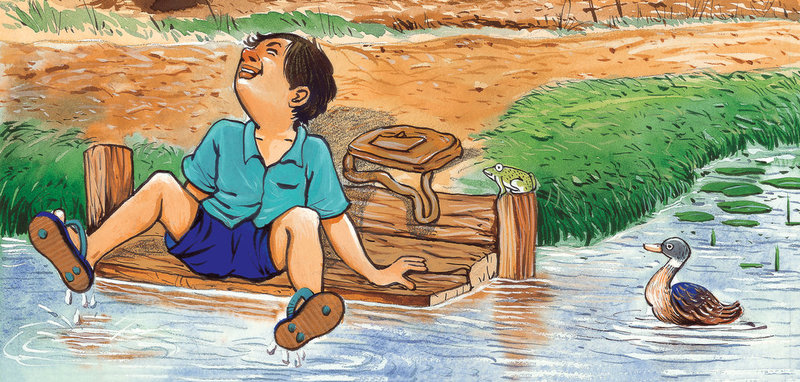
Art
Travelling inwards is just as important as travelling outwards. We need art now more than ever to connect with an ever-expanding world, and to convey our strongest messages and passions with more ease and solidarity. Experience beauty, talent and magic all woven, embroidered and sculpted together in our Dastkari Haat Books.
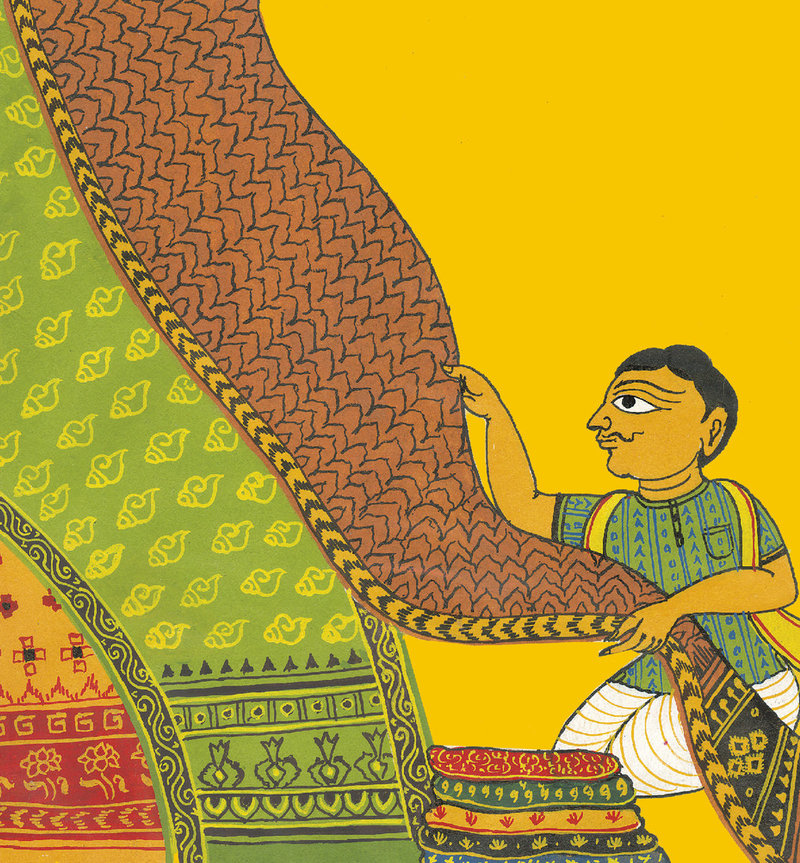
Health
Gargi and Soapy by Preethi Unnithan and Sorit Gupto
Physical, spiritual, mental and emotional health. Let’s make a new year resolution to take care of it all. Here’s a story by our SW community member about a world where a soap called Soapy will fight the evil germs and restore balance and health!
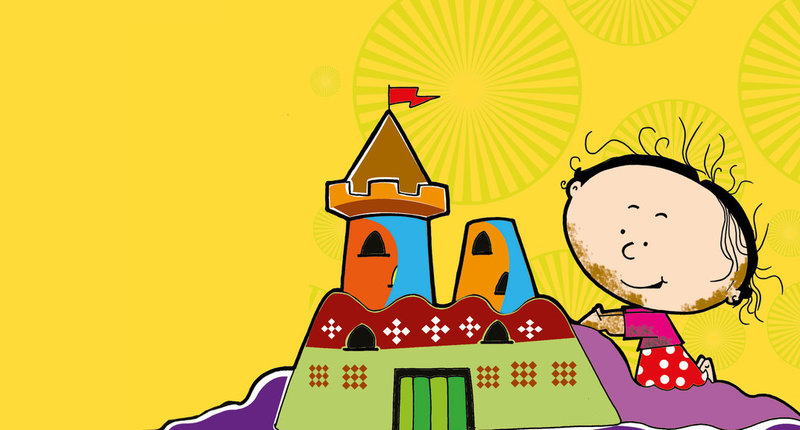
Diversity
Why is Nita Upside Down? By Roxana Bouwer and Sarah Bouwer
Dismissed someone lately or ridiculed someone in your mind (because doing it to their face would be politically incorrect) just because they did not look, talk or well… live, like you do? This one’s for you then. Let’s look at how a child sees a playground, and let’s compel ourselves to look at people and accept them the way they are in this judgment-reflexed world.
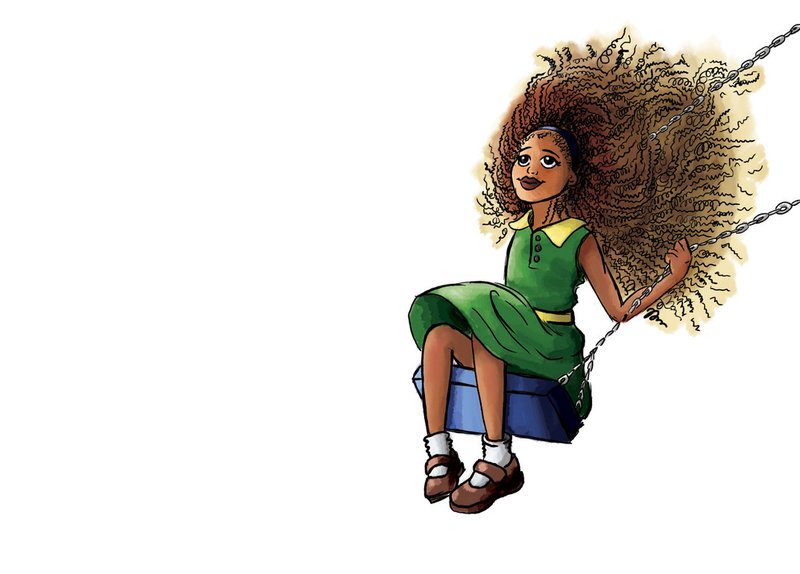
Family
وصیت by Anis Azmi and Juhi Agarwal
There are all kinds of families. But as this Urdu story shows, not one can function without mutual trust and respect - Values that can make 2017 better for everyone. Ride a camel to Egypt and pay a visit to this family? Let’s go.
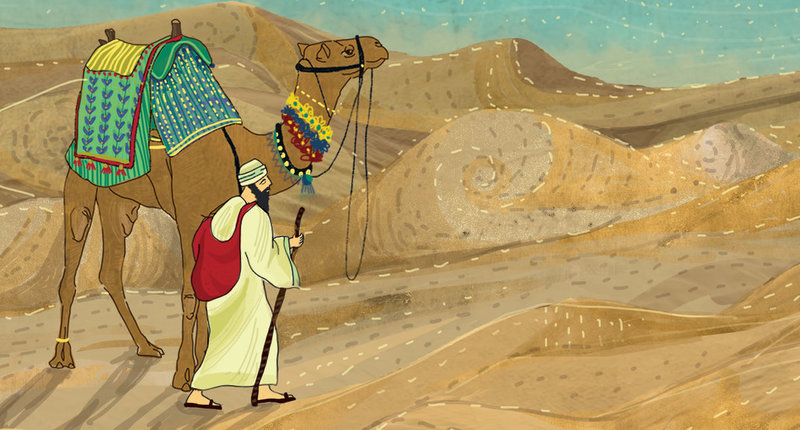
Which theme concerns you the most as we step into a new year? Tell us in the comments, or on Twitter and Facebook.
Be the first to comment.The Wonderful World of Wordless Books
Posted by Remya Padmadas on April 25, 2016A 'wordless' picture book? Sounds like an oxymoron doesn't it? Well, wordless books can actually be a great addition to your reading shelf - virtual or otherwise.
Wordless books are something to share with children of all ages. They're a fantastic way to explore, engage and educate children and vocabulary, storytelling skills and creative muscles can be stretched with wordless books. But best of all, and most importantly, worldless books are a sheer joy to behold!
Last year, the #6FrameStoryChallenge was launched with the core idea of creating a rich illustration bank for StoryWeaver and thereby creating a repository of simple, wordless stories told in 6 frames. At the time, the Pratham Book's blog wrote this:
'In the 1980s and 90s, the National Book Trust had published a few precious wordless picture books. Over the last decade, we haven't seen as many of these being published in India and so the time seems ripe for this flood of beautiful wordless stories. Not only will these stories cut across language barriers, but they will also inspire young readers to weave their own stories around the illustrations, offering ample room for multiple re-imaginings and unique perspectives.'
You can read the rest of the post here.
Wondering what to do with wordless stories?
The StoryWeaver team has put together some ideas for you, incase you're wondering how to enjoy a wordless books with your children:
- Explore the story in a leisurely manner. Draw attention to the details - the expressions of the characters, setting, colours, etc. 'Out in the Garden' is a worldless story created with Sonal Gupta's illustrations that lends it self beautifully to this activity.
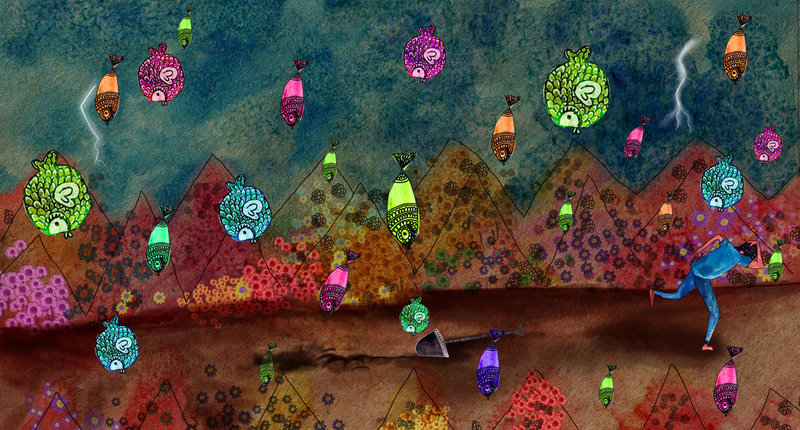
- Encourage the child to build her own story. If the story is being shown to a group of children, you could ask each of them to contribute a sentence or two for each illustration. Take joy in exploring each illustration and build the story as you go along.
- Use themes explored in the story to start a discussion. For instance, in the story, 'The Birthday Party' illustrated by Megha Vishwanath you could ask children about what they did for their birthday, or even how they help out at home.
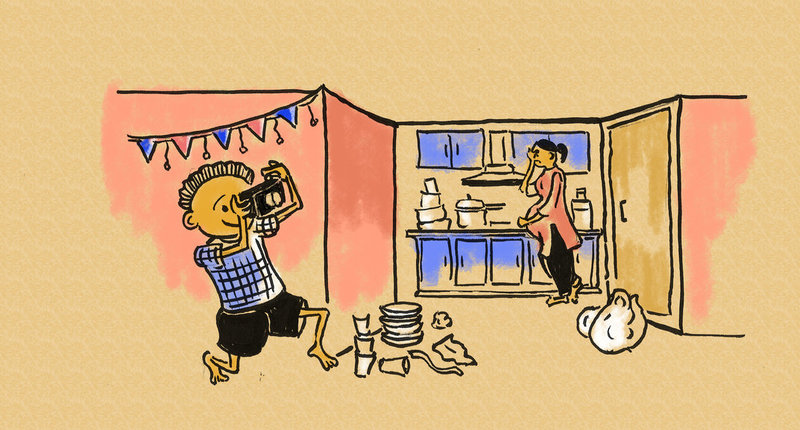
- Encourage children to create 2-3 different stories using the same set of visuals. This will help them explore their own creativity! Here are some lovely illustration sets to get you started!
Muhammed Shafi's simple illustrations of a man in a boat. You can find more illustrations from him here.
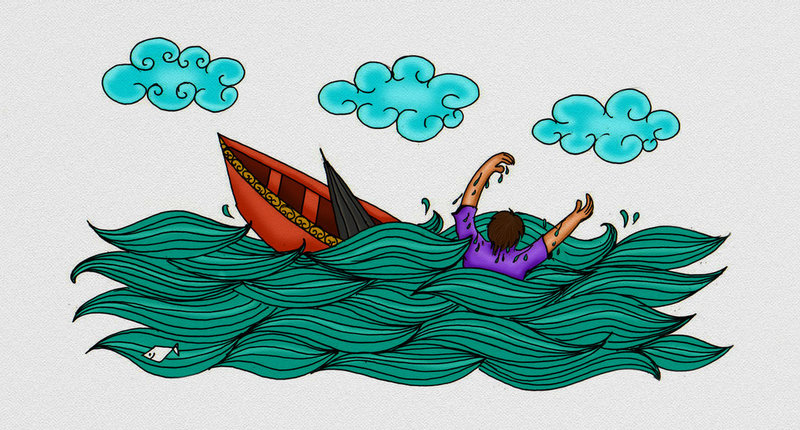
Aritra Roy's whimsical bear and its adventures with a parachute. You can see the other illustrations from this set here.
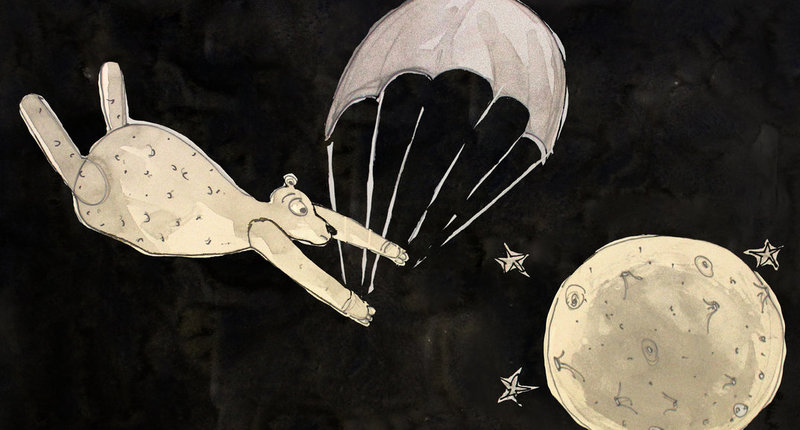
If you'd like to see more amazing illustrations and inspirations for wordless stories, follow us on Instagram and watch our for our #6FramesFriday!
We hope you enjoy reading and creating your own wordless picture books and sharing them! Do leave us a comment below or on our Twitter and Facebook page with #WordlessPictureBook.
Be the first to comment.Teacher's Corner: Creating Flash Cards on StoryWeaver
Posted by Remya Padmadas on March 10, 2016With over a thousand stories and illustrations online for free, StoryWeaver is a great tool for educators to use in the classroom. One of the things teachers can do with StoryWeaver is create flashcards. With bright and appealing visuals that capture the eye, flash cards can be used to teach starting sounds of words, colours, spatial concepts (under-over, inside-outside), play memory games or rounds of ‘What am I?’ or ‘Where do I live?’
With over 2000 images to choose from by some of the country’s most talented illustrators, you’ll be spoilt for choice when it comes to choosing pictures.
Creating Flash Cards on StoryWeaver
1. Log in to your StoryWeaver account. If you don't have one you sign up here.
2. Click on 'Create' and choose 'Create a story by Image'.
3. Use the search box to choose what kind of images you need. Example: animals
4. Choose the layout style you'd like and start creating your flashcard set!
If you're a little unsure about creating on StoryWeaver, don't worry, it's super easy. You can watch this quick, tutorial here before you try.
You can create the flashcards in a number of languages. Here's an example of a flashcard in Hindi.
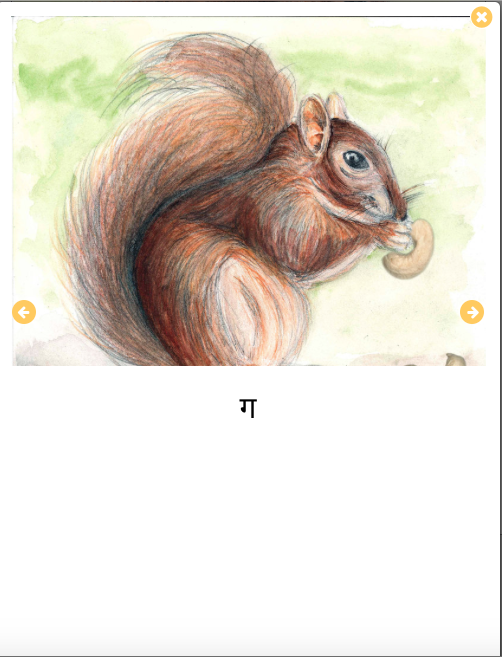
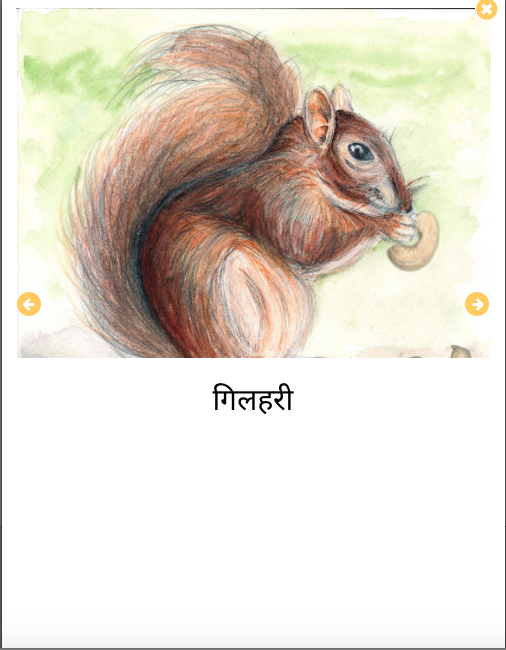
Re-leveling flashcards
Once you’ve created your flashcards, you can re-level them for different students. Take for example, the flashcard below.
You could use this for children in Pre-Primary to teach them alphabet sounds. This could be set as Level 1.
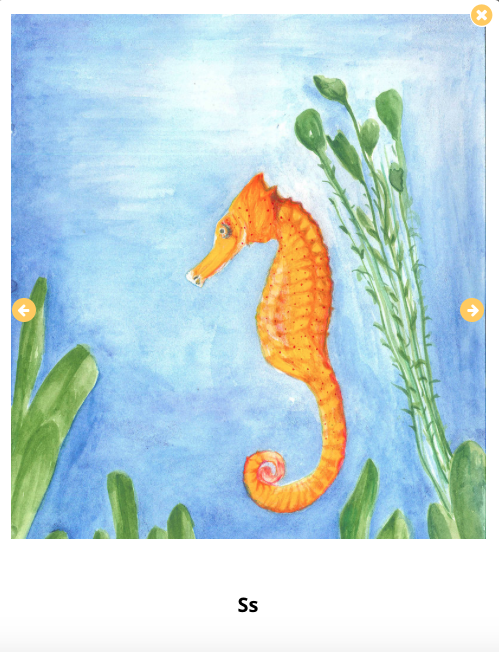
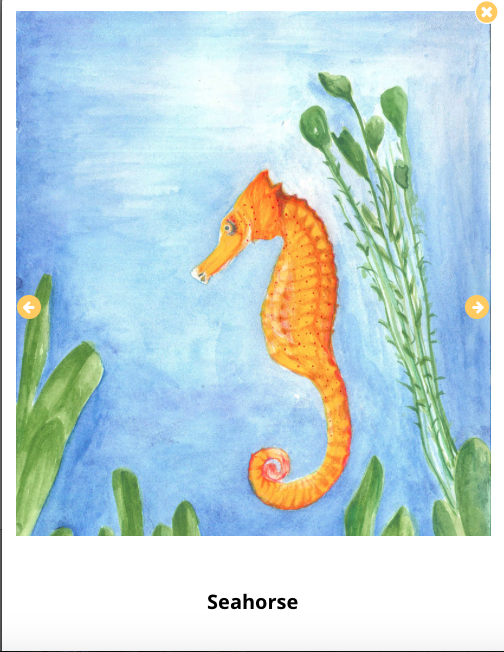
You can then use the same image for children in Primary classes to teach them concepts about animal habitats, and tag it as Level 2.
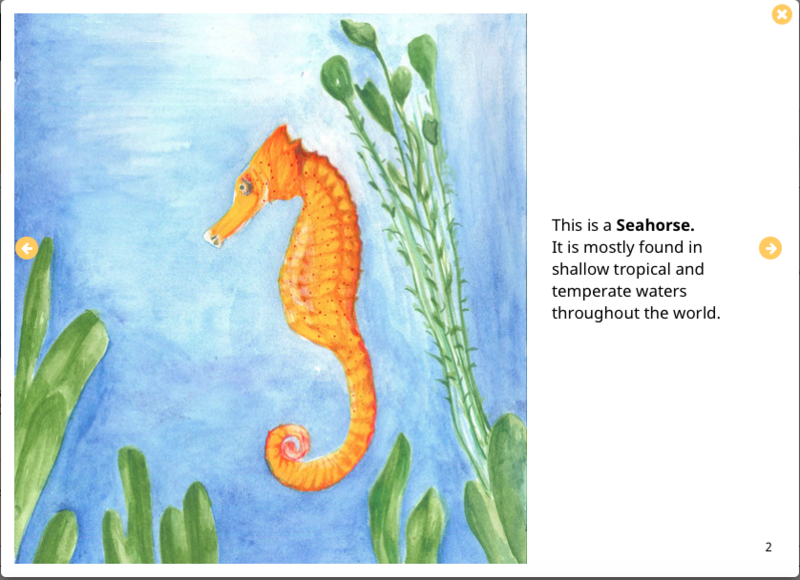
Get Inspired
‘Have you ever travelled by…?’ is a cheerful way to start a conversation about modes of transport with children.
‘Have You Seen These Birds?’ showcases birds from the humble sparrow to exotic flamingos.
‘Inhabitants of the Sea’ explores the deep blue waters of the sea and the creatures that live there.
Create your own flashcard
We have a few flashcard sets on StoryWeaver already but we'd love to see many more. Why not give it a try and tell us how you might use them in your class? You can share your ideas with us on Twitter or Facebook or send us an email at [email protected]
For more ideas on using StoryWeaver as an educator, click here.
Be the first to comment.